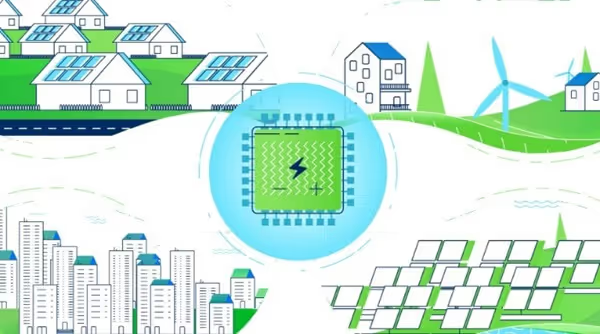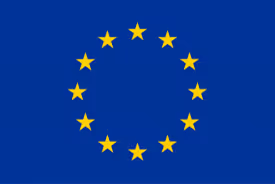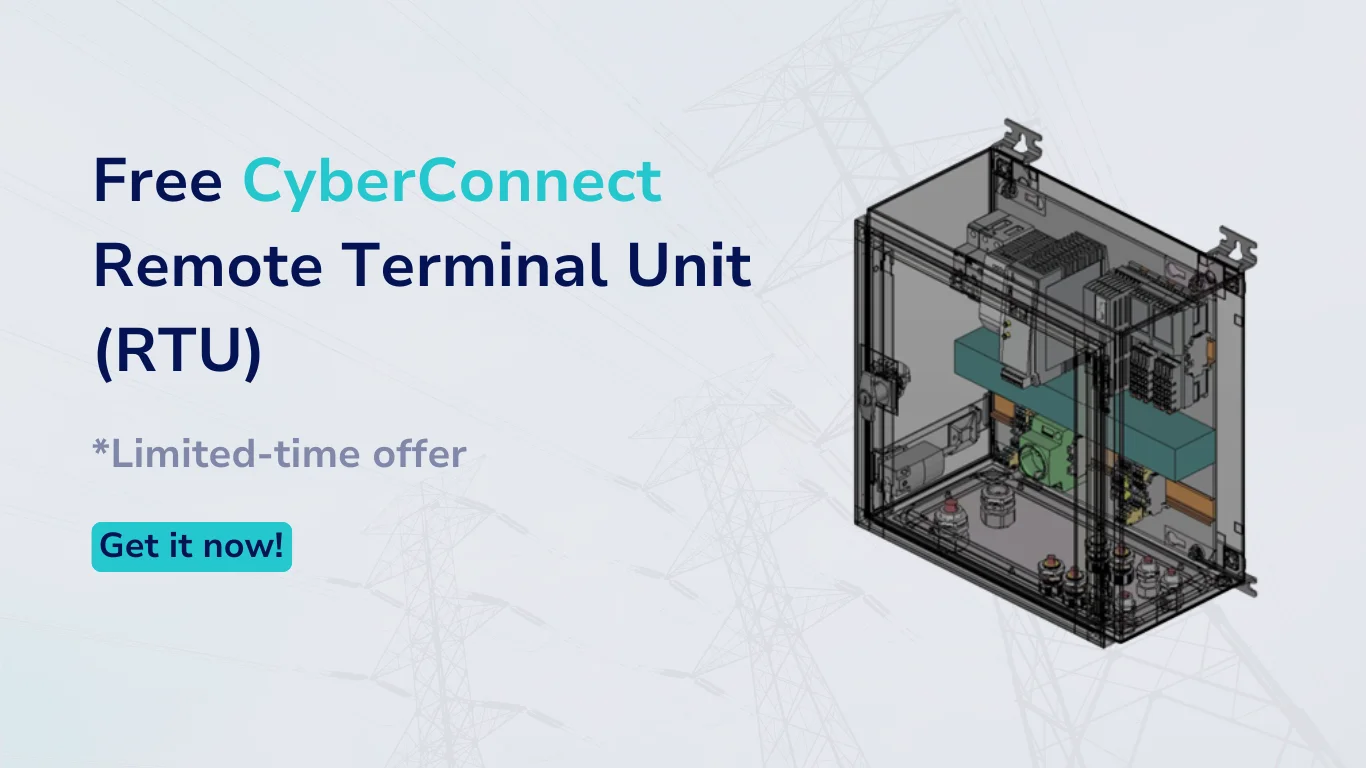A Virtual Power Plant (VPP) not only helps to aggregate, optimize, and monitor a collection of distributed energy resources (DER) such as PV plants, wind parks, commercial and industrial (C&I) assets and batteries. A VPP also makes a solid business case for an aggregator by monetizing flexibilities while also ensuring grid stability. But how does a Virtual Power Plant actually make money for a battery owner?
Virtual power plants and storage enabling the energy transition
The EU Green Deal has laid out ambitious energy and climate targets to accelerate the energy transition and to counteract climate change. But this exciting new policy of decarbonization will require the adoption of new facilitators. With the European-wide goal of cutting at least 40% in greenhouse gas emissions (from 1990 levels), and reaching at least a 32% share for renewables by 2030, the electricity system clearly needs efficient technological solutions including VPPs and energy storage to enable the sustainable transformation of the electricity industry in a market-based environment.
How do virtual power plants and batteries support the energy transition?
1. Cloud-based technologies such as VPPs are key enablers for efficient energy management and can boost grid stability and generate revenues by targeting the most promising market applications. They put the various dispersed production and consumption units on a map, visualize their live status and facilitate their optimised operation.
Furthermore, by bundling these distributed renewable resources to perform together as one large energy asset, economic benefits can be earned. Small units (e.g., single PV plants) can’t achieve market entry on their own, but with a VPP an aggregator can manage and trade a much larger pool of capacities, overcoming economic thresholds and making profits with economies of scale.
A VPP enhances the flexibility utilization by optimizing the capacity of aggregated units to be exploited. In addition, an internal backup in the VPP ensures that energy is provided reliably even if a resource fails to deliver the power. In general, revenues are generated by trading the aggregated flexibility on multiple power markets and by smartly integrating battery storage for additional profits and reliability.
“A VPP creates a network of renewable energy sources and battery storage systems, connected through a cloud-based technology that manages the stability of clean electricity to maximize your revenue.”
2. Batteries can support the full use of renewables and demand-side flexibility when connected to a VPP, as software algorithms smartly optimize the use of battery capacities and of the energy stored. Furthermore, the VPP will deliver quick on-demand battery power to support the electricity grid when necessary. This service is an attractive business field, with premium prices paid for boosting grid stability. Let’s take a closer look at this pillar of the electricity system.

The CyberNoc software solution is implemented in various European-wide R&D projects, helping to make the energy system more sustainable.
Virtual power plants to provide balancing energy
As consumers are demanding more and more electricity at peak times (e.g., charging their electric vehicles in the evenings while operating most of their other household appliances), the grid may undergo significant stress, potentially endangering the stability of the grid. At the same time, the intermittent and non-dispatchable nature of renewable energy puts a limit on the available energy, because a cloudy and windless day will naturally curb the production of electricity. This discrepancy can be solved by feeding into the grid the energy which was previously stored in batteries from renewable sources at times of surplus (sunny and windy days).
In fact, the balancing of electricity demand and supply is comprehensively managed with a VPP. To help improve grid stability (i.e., to increase the supply, or reduce the load when needed), VPPs have a key position in providing balancing services to the system operator (TSO). At the system level, balancing energy is most required, as maintaining the grid frequency constantly at 50 Hertz is a crucial task for TSO, in order to avoid blackouts or damage to equipment. To stabilize the frequency in times of varying demand and supply, power must be instantaneously consumed or added to the grid. Within seconds, a battery connected to a VPP can do exactly this: to deliver balancing energy to the transmission system operator, thus boosting grid stability and helping to keep our lights on!
Mature business case for batteries connected to a VPP
The greatest revenues for owners of a VPP and/or of a battery can indeed be expected from offering flexibility to stabilize the grid. Flexibility providers, like batteries and aggregators with a VPP, are paid premium prices to secure grid stability, helping to ensure a reliable flow of energy. With a VPP, the aggregator obtains access to markets, where revenues can be generated by trading the available capacity and energy, such as on the ancillary services market. This market has attracted significant interest from many energy storage players who earn money by keeping demand and supply of electricity in balance.

Batteries are increasingly being used for ancillary services like frequency containment reserve (FCR) and automatic frequency restoration reserve (aFRR). In fact, the battery’s ability to follow any setpoint between full charging and full discharging power within seconds is a key feature to create additional flexibility that can greatly contribute to grid stability. The flexible power can also be utilized for other use cases in the power system (local network support, community management), and monetized on different electricity markets like the intraday market, by implementing redispatch mechanisms, or by securing peak load coverage. Additional revenue is generated by selling the energy at opportune times on various markets by charging and discharging the batteries.Reliable supply of electricity has a premium price tag. It is thus not surprising that participation in ancillary services markets can boost revenue streams for aggregators and battery owners connected to a VPP while delivering balancing energy to the grid operator.
Batteries and Virtual Power Plants applied in the H2020 project TALENT
In the EU-funded project TALENT, batteries are considered a key instrument to increase the flexibility of the grid. This innovative European-wide project responds to the need for the transformation of the electricity sector to better manage the increased demand for energy alongside the increase of renewable power generation. The electricity grid requires more flexibility, stability and reliability in a cost-effective way. Therefore, novel power electronics architectures and management system including VPP and Decentralized Hybridized Energy System (DHEMS) are being developed, enabling a cost reduction, as well as boosting the system’s efficiency.

Cost-effective solutions for more sustainability
CyberGrid leads the development of a distributed architecture (VPP) for the management of decentralized and hybridized energy systems. Within the TALENT project, a battery digital twin integrated into the VPP is being developed to monitor the battery connected to the system. The close monitoring of the battery state allows for optimized exploitation of the available battery capacity to maximize the revenues and avoid fast ageing of the battery. By extending battery life, fewer natural and financial resources are required in the mid-term. Furthermore, the technology offers valuable insights for the production of more efficient batteries and can thus make an important contribution to the promotion of multi-service battery storage.
Batteries are becoming cheaper and their integration into a sustainable energy system will further accelerate. Connecting more batteries in the electricity grid to a VPP helps to fulfil the commitment to the EU Green Deal for cleaner and resilient energy across Europe.

.avif)



